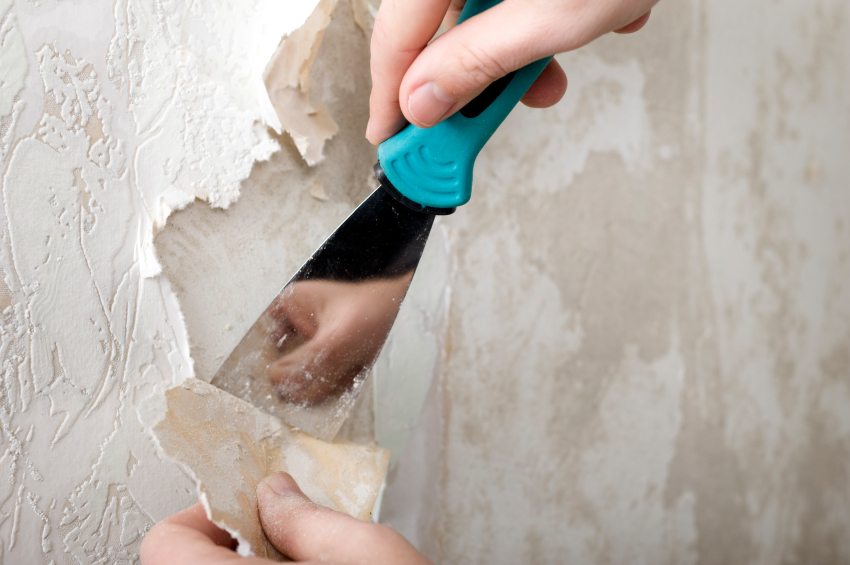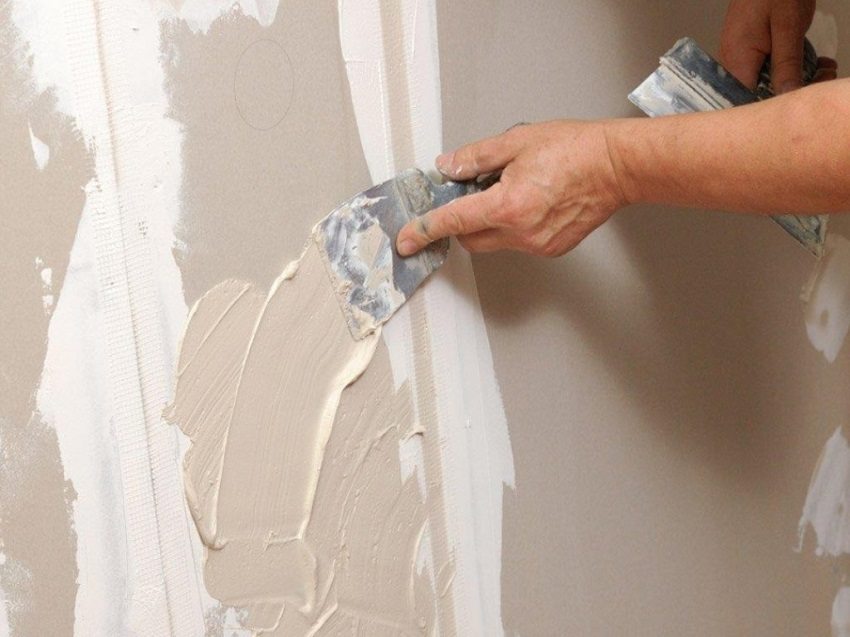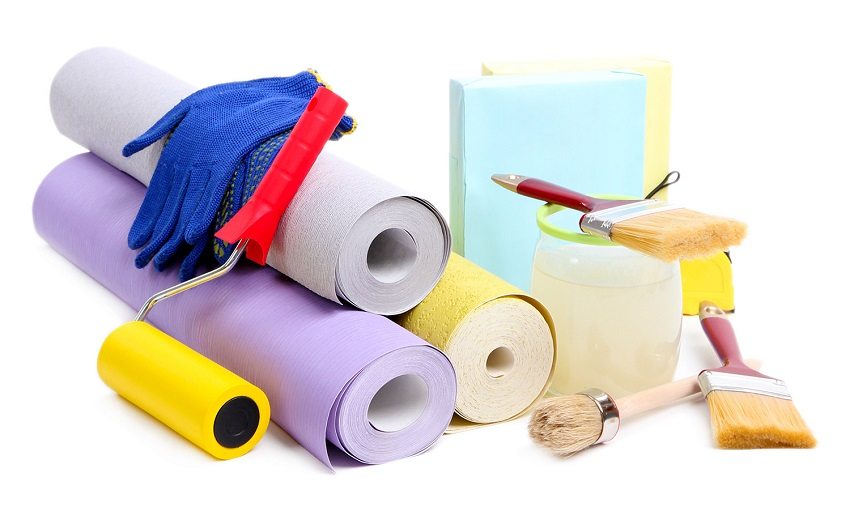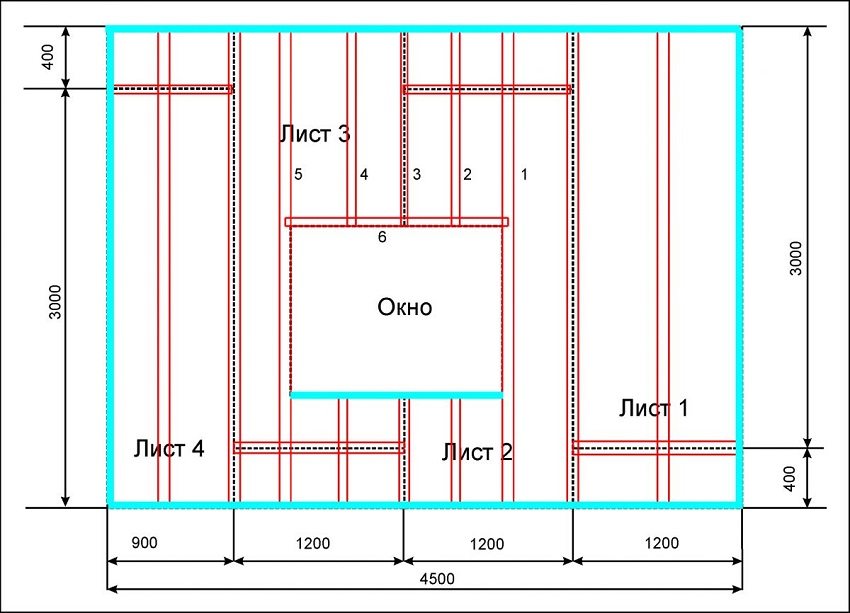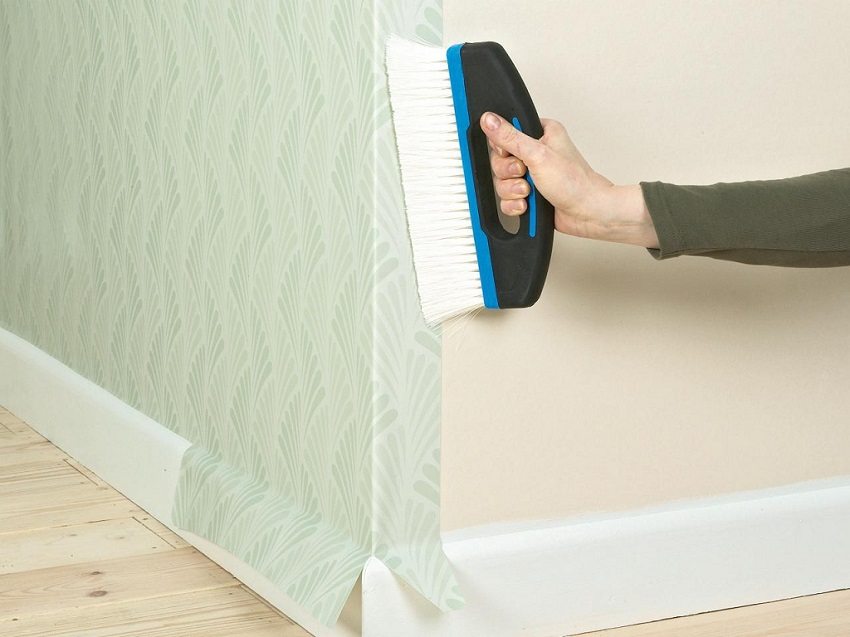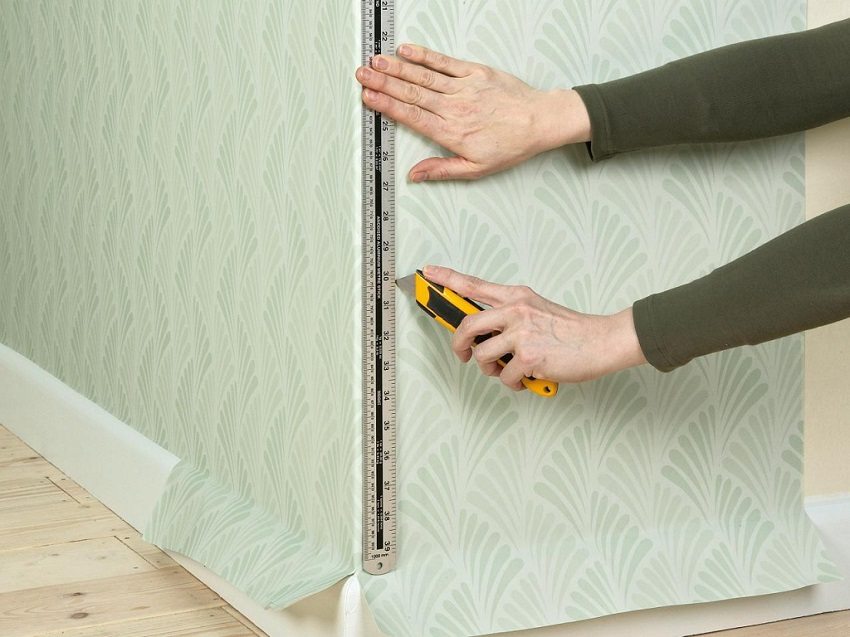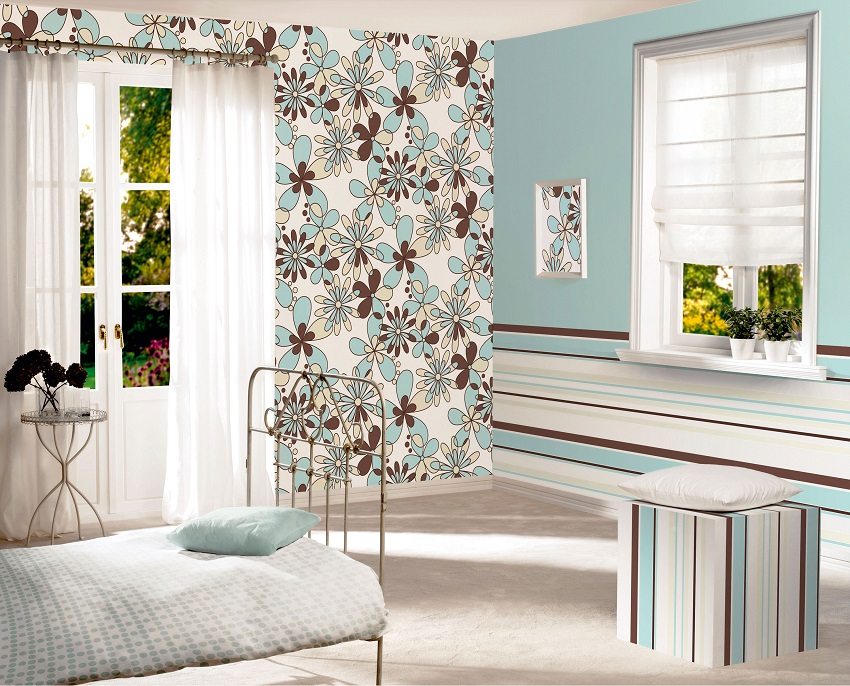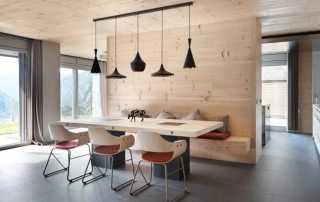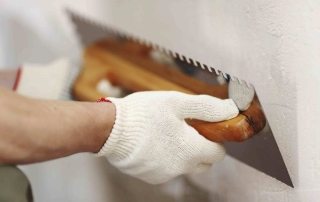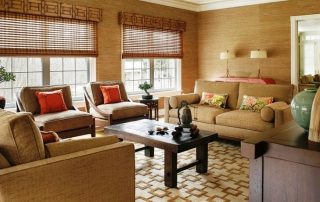Vinyl wallpaper on a non-woven base is considered a fairly popular material used for interior wall decoration. How to glue such a decorative finishing canvas? To become a professional in this matter, it is enough to know the composition of the material and a few simple rules that will allow you to accurately, quickly and beautifully arrange any room.
Content [Hide]
What is vinyl wallpaper and what does it have to do with non-woven?
Vinyl wallpaper with a non-woven base is a high-quality material for finishing new generation premises. They are considered heavy wallpaper. They are made using a special baking technology at high temperatures. Thanks to this, the vinyl mass becomes strong and durable, with the necessary texture. The basis for applying vinyl can be different. In this capacity, ordinary paper used to be, but now they use a special material - non-woven. It, like paper, consists of cellulose, but it has undergone a special chemical treatment.
Thereby wallpaper for walls with a similar base, they have the following qualities:
- do not deform;
- do not change their geometry;
- tear resistant;
- not subject to abrasion;
- lightfast;
- can wash;
- breathe well.
Wallpaper with a paper base it is necessary to coat with glue, as well as the wall. It is much easier to glue non-woven wallpaper. We will consider how to do this right below, but first it is worth preparing in advance the tools for work that may be required.
Tools required for pasting a room
When starting to work on pasting walls, you must prepare yourself in advance wallpaper, glue for such a canvas and take care of the following tools:
- a bucket for diluting glue;
- scissors;
- putty knife;
- plumb line;
- roller for applying glue;
- rags.
You will also need to select a surface for cutting wallpaper. A regular table is easy for this purpose, but you can also do it on a clean, cleaned floor. When purchasing glue, you need to pay attention: it must be intended for vinyl wallpaper on a non-woven base. How to glue and how to dilute the adhesive correctly will be indicated on the package.
Important! Due to the quality of vinyl wallpaper, some craftsmen do not cut them in advance, but stick them straight from the roll. A small overlap is made on the ceiling, which is later cut off with a construction knife, and the bottom is trimmed along the plinth.
Vinyl wallpaper on a non-woven basis. How to glue quickly and easily?
The stage of finishing at which the wallpapering takes place is a rather crucial moment. The durability and quality of the finish coat depends on it. There are several main steps in this process:
- first you need to inspect the walls and make sure that they are completely ready for pasting. Old wallpapers are carefully removed. If that doesn't work, you can use a spray bottle to soak the remaining pieces. Cracks and dents must be putty;
- now you need to prepare the wallpaper. First of all, the rolls are checked for the conformity of the shade and pattern, and after that they start cutting them into pieces of the required length. When cutting, you need to pay attention to the drawing, it must create a full-fledged pattern without displacement on the stripes;
- vinyl wallpaper does not need glue to be applied to the canvas itself. It is enough to carefully walk along the wall with a roller and you can start gluing the prepared sheet;
Useful advice! Start toit is better to pour wallpaper from the window. This can reduce material consumption.
- now you need to figure out how to properly glue wallpaper on a non-woven base. It is required to mark the first lane using a level and a plumb line. Having glued the first canvas exactly and continuing to work on pasting joint to joint, you don't have to worry - the stripes will lie flat;
- you can smooth the canvas with a plastic spatula or a special roller. This should be done from the middle to the edges. If necessary, you can peel off the vinyl sheet and start over;
- for the duration of the work, for safety reasons, it is worth turning off the sockets and switches. They are removed together with the boxes, the canvas is glued, and in the place where the electrical element should be installed, an incision is made with a cross and the corners are bent inward. After the room has dried, they can be installed in their place;
- the excess glue is carefully removed with a cloth, and the joints of the strips are carefully ironed with a soft dry roller.
How to glue non-woven vinyl wallpaper. Few nuances
Priming the walls brings positive results - this way the compounds adhere better to the wall. Also, the primer fills the smallest cracks and pores, thereby significantly reducing the consumption of glue. Modern types of primers contain additional antiseptic additives and prevent the appearance of unpleasant fungi and mold.
Related article:
Video: do-it-yourself wall putty for wallpaper. Putty or putty, how is it right? Various inides of mixtures, nuances and features of puttying of different types of surfaces.
You can get creative with the pasting process by purchasing non-woven vinyl wallpaper. Of course, everyone knows how to glue, or rather how to arrange the strips - vertically. But recently, designers have used a different method - the wallpaper is placed horizontally. Thus, the joints are less visible and often the drawing is more original.
Important! When gluing wallpaper and until it dries completely, it is necessary to completely eliminate drafts by closing doors and windows.
How to glue non-woven wallpaper. Video
Some of the subtleties of the process can be explored by watching the following video. how wallpapering on a non-woven basis it will be clear to the smallest detail.

